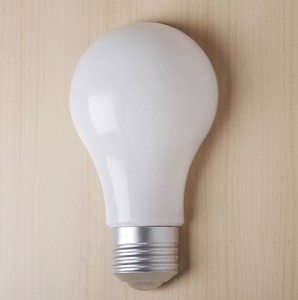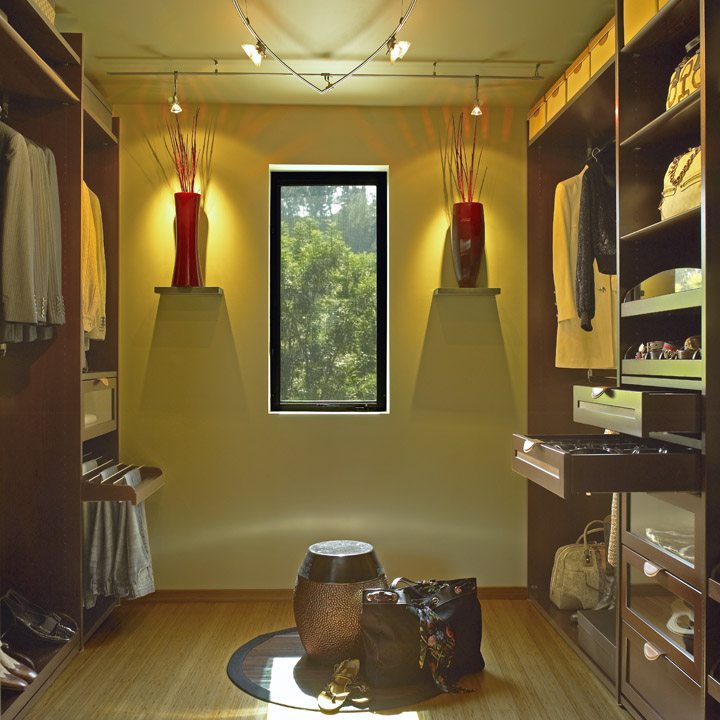 By Alanna Brown, LuxEco Editorial Assistant (originally published on eHow.com)
By Alanna Brown, LuxEco Editorial Assistant (originally published on eHow.com)
In the month of April 2010, the United States spent $25.5 billion on electricity, using a total of 266.3 billion kilowatthours. While those numbers include retail sales to residential, industrial and commercial sectors, household owners have the power to drastically decrease electricity use overall by dropping the residential portion. Home dwellers have many options for reducing their monthly electric bill while simultaneously helping the environment.
Unplug Appliances
Turning off appliances is not good enough. In the common household, idle electronics—turned off but still plugged in—account for 75 percent of electricity depletion. Plug these commodities, such as televisions, VCRs, stereos and computers into a power strip. Then cut all power to the appliances by flipping power strip switches to “off.” Particularly do this with cell phone chargers and microwaves, which guzzle energy and generate heat if plugged into a power source.
Look for the Energy Star
For larger appliances, such as dishwashers, purchase an energy-efficient unit. Look for the Energy Star label, which denotes a government seal of approval for energy efficiency. On average, they cost $1,000 more to purchase than the standard dishwasher but will earn a projected life-cycle savings of approximately $4,500 and reduce electricity use by nearly 27,000 kWh. Also, certain brands qualify for a federal tax credit or state rebate as purchase incentives.
Light Bulbs
Swap out conventional incandescent light bulbs for compact fluorescents. They are more expensive to buy, but last significantly longer and use about 75 percent less energy than incandescent bulbs. One CFL will save an estimated $35 in energy costs over its 10-year life span. CFLs also generate less heat than regular bulbs, which lowers cooling costs.
Efficient Air Modification
Arrange an HVAC inspection to make sure the home’s heating, air-conditioning, and ventilation systems are functioning smoothly. A leaking duct could raise energy costs by up to 20 percent. During the summer months, keep window blinds closed by day to keep the sun out and lower cooling costs. Also, limit daytime use of heat-generating machines, such as the dishwasher, washing machine, dryer, and oven. These appliances produce more heat, thus more work for air-conditioning systems.
Use a Laptop
The conventional desktop computer uses 150 watts of electricity during standard use, as compared to laptop computers, which consume 15 to 25 watts. Also, laptops draw a mere fraction of a watt while in sleep mode. However, as with all appliances, unplug the laptop cord when it is not in use, as the transformer in the AC adapter will continue to draw power even when not connected to the laptop.













